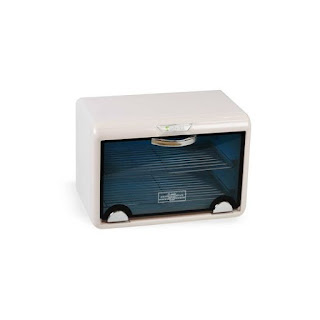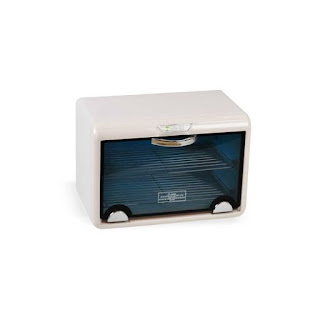UV-C Devices Disinfects Most Of The Bacteria And Viruses
The Earth's atmosphere blocks UVC rays. We'd all be in big danger if it wasn't. Our atmosphere, fortunately, prevents UVC from reaching humans. This protects us, but it also means that walking outside will not kill any bacteria or viruses on our skin.
Most UV-C Disinfection devices, especially those that employ mercury bulbs as a light source, are brittle. If UV sanitizing wands with mercury bulbs are dropped or shaken too hard, they might be easily destroyed. Before using, UV toothbrush sanitizers must be properly mounted on the wall. Although it would be unpleasant to damage the product, the more significant issue would be hazardous mercury exposure if the bulb were to break.
The absorption of UV C radiation by microorganisms, for example, provides the basis for UV C disinfection. The DNA and RNA in bacteria are destroyed as a result of rapid UV-C absorption, and the germs are unable to reproduce.
This UV-C Disinfection light must be emitted by a specialized instrument to be as effective and safe as feasible. This causes viruses and bacteria to be killed quickly wherever they come into contact with the light, giving near-complete disinfection of surfaces, air, and objects in a room.
Some UV light bulbs produce ozone, they should be utilized in a well-ventilated location. As a result, the safest method for various items can vary greatly. It's critical that we understand how to securely use the things we buy.
UV-C disinfection helps in a lot of ways, especially at times of a global pandemic. If we consider taking safety precautions then these devices can be incredibly useful.



Comments
Post a Comment